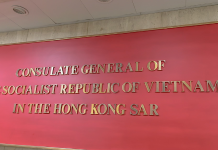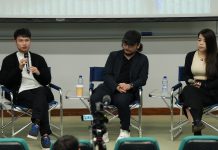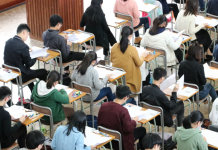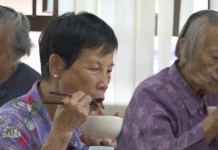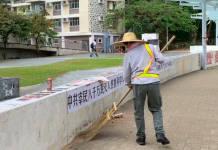Reporters: Angela Ng, Catherine Chiang, Yi Yeung
Editors: Stanley Lam, Chester Chan
F
rom the nightly light show on Victoria Harbour to the neon signs of Mong Kok, Hong Kong is famed for its nightscape. Tourists from around the world come to marvel at this colourful display but local residents may see it differently.
A new LED video screen the size of five tennis courts on the exterior wall at the Sogo department store in Causeway Bay, led to questions about whether the use of decorative or advertising external lighting is becoming excessive.
Sammy Poon, a Causeway Bay resident, has lived next to Times Square for almost 20 years. In the past, her window blinds were enough to block the lights. But with so many bright screens now, she says it is impossible to shut the light out. Even if she sleeps with all the blinds drawn, she can still feel the lights flashing.
In 2011, the government set up the Task Force on External Lighting to look at how best to tackle light pollution in urban areas. After a public engagement exercise from August to November 2013, the Task Force concluded that due to diverse views on the regulation of external lighting, legislation would not be appropriate. In 2015, they recommended setting up a voluntary charter scheme instead.
This scheme is now known as the Charter on External Lighting (the Charter), and was launched in January 2016. The voluntary Charter asks businesses to switch off lighting installations with decorative, promotional or advertising purposes at a preset time between 11pm and midnight.
As of today, it boasts nearly 4700 signatories from individual outlets around Hong Kong. However, there are relatively few signatories in light pollution hotspots such as Tsim Sha Tsui and Causeway Bay.
Location of the charter signatories
Although there are 4679 signatories all over Hong Kong to date, only 146 signatories are located at three districts where light pollution is most severe in: Causeway Bay (22), Mong Kok (40) and Tsim Sha Tsui (84).
One year into the Charter’s operation, Caroline Mak, Chairperson for the Promotions of the Charter on External Lighting, still believes the Charter is the best solution for businesses and the public. She is sympathetic to the Environment Bureau (ENB), who she says has to balance the interests of different stakeholders.
However, Wan Chai District Councillor, Yolanda Ng, says her constituents in Causeway Bay are still affected by light pollution even after the Charter was implemented. She explains that though many TV screens in the area are on second or third floor walls, their brightness can still affect residents who live on the 20th to the 30th floor.
Ng thinks businesses are taking advantage of the charter’s voluntary nature and lack of enforcement measures. Since the Charter was implemented, she has seen more than ten big TV screens being installed, including Sogo’s.
She adds that her constituents are tired of complaining without seeing any positive response from the government and they feel helpless. “When even the government backs the businesses, we feel like solving light pollution problem through legislating won’t happen in the foreseeable future,” she says.
So Chu-wing is a Physics professor and astronomer at the University of Hong Kong, and the project manager of the Hong Kong Night Sky Brightness Monitoring Network. For the past ten years, the network has been researching light pollution in Hong Kong. Their results show there is indeed an excessive amount of unnecessary lighting in Hong Kong, making it one of the most light-polluted cities in the world.
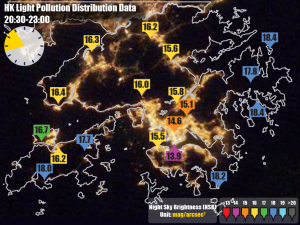
His research found that the night sky brightness dropped significantly at 11pm and midnight – when most commercial, advertising lights are turned off.
So remains optimistic and hopes the Charter is just the first of many gradual steps taken by the government to tackle the issue. While he understands the politics behind the issue of light pollution might be complicated, the solution might be simpler than people may think. “Just turn off the lights,” he says.










